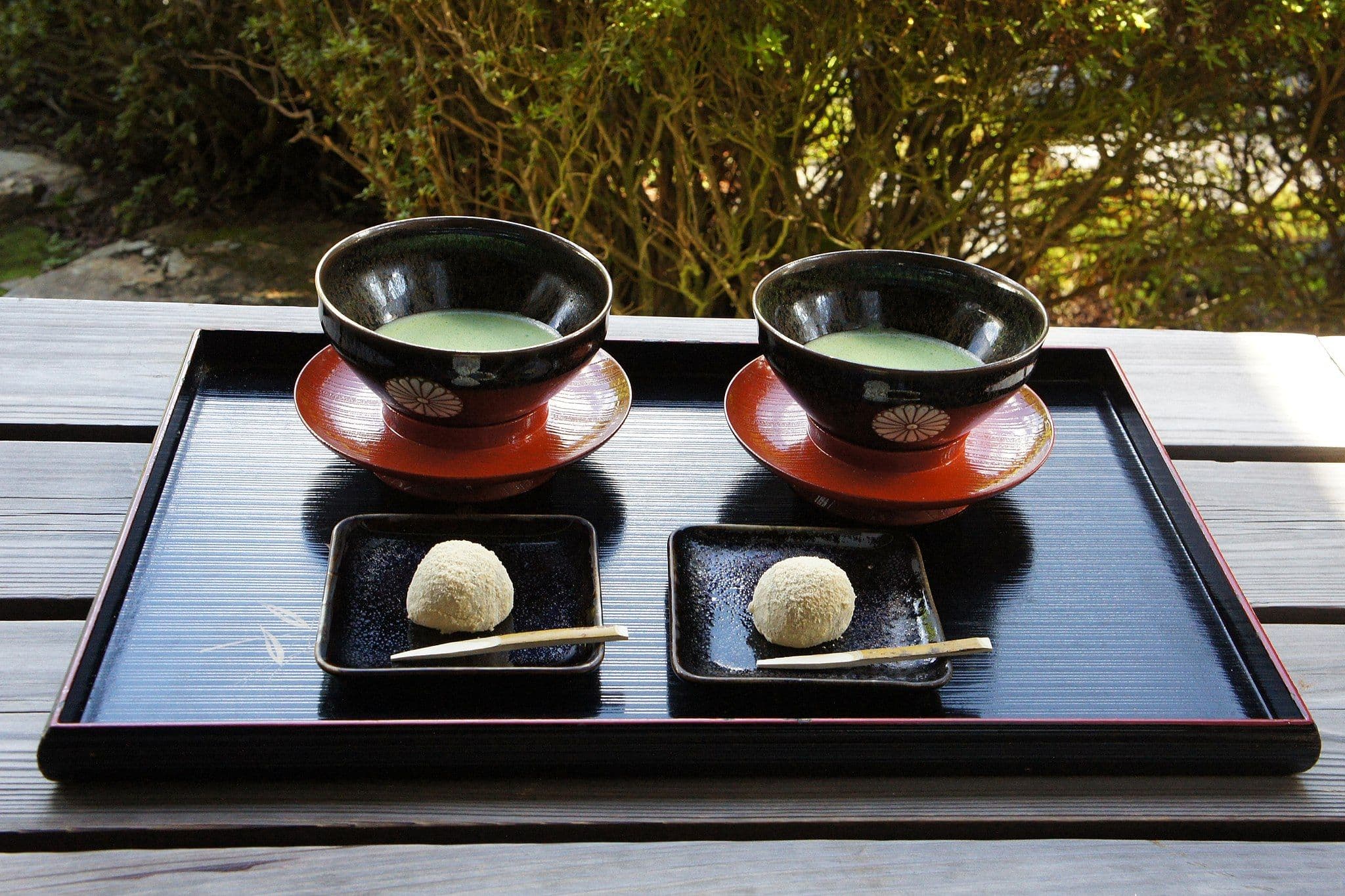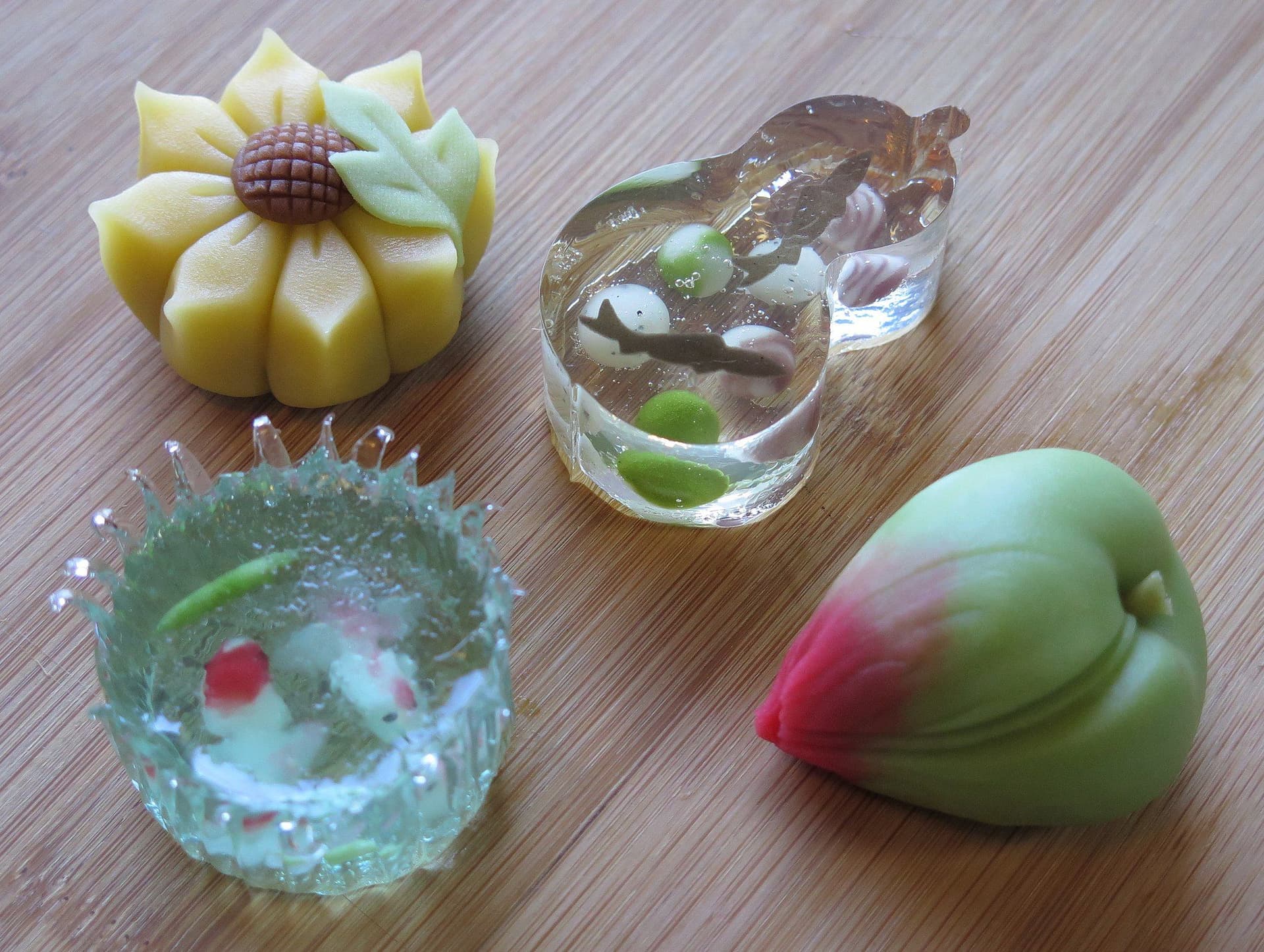
Tea Ceremony
茶道The tea ceremony, known as "sado" or "cha-no-yu" in Japan, is a traditional ritual that has been practiced for hundreds of years. It is an intimate gathering of friends or guests who come together to enjoy tea and appreciate the simple pleasures in life. The tea ceremony is considered a way to express respect and hospitality, as well as to foster a sense of community and harmony among participants.
At its core, the tea ceremony is a celebration of the tea itself, a simple but flavorful drink that has been enjoyed in Japan for centuries. During the ceremony, tea is carefully prepared and served in a special room known as a tea room or tea house. Participants sit on tatami mats, and are expected to engage in quiet conversation and contemplation while enjoying the tea.
The tea ceremony is steeped in tradition, and many of its elements have remained unchanged for centuries. For example, the tea room is typically decorated with hanging scrolls and flowers, and the tea is served in traditional tea bowls known as "chawan." The tea is prepared using a special method that involves boiling water and then whisking the tea powder to create a frothy drink. The tea is then served to guests with a simple bow and a smile.
One of the key elements of the tea ceremony is the emphasis on simplicity and humility. Participants are encouraged to focus on the here and now, rather than worrying about the past or future. The tea ceremony is seen as a way to escape the distractions of modern life and to find peace and tranquility in the present moment.
In recent years, the tea ceremony has gained popularity outside of Japan, and has become a popular way for people to experience a piece of Japanese culture and to connect with others who share an interest in tea and tradition.
Last Updated:
